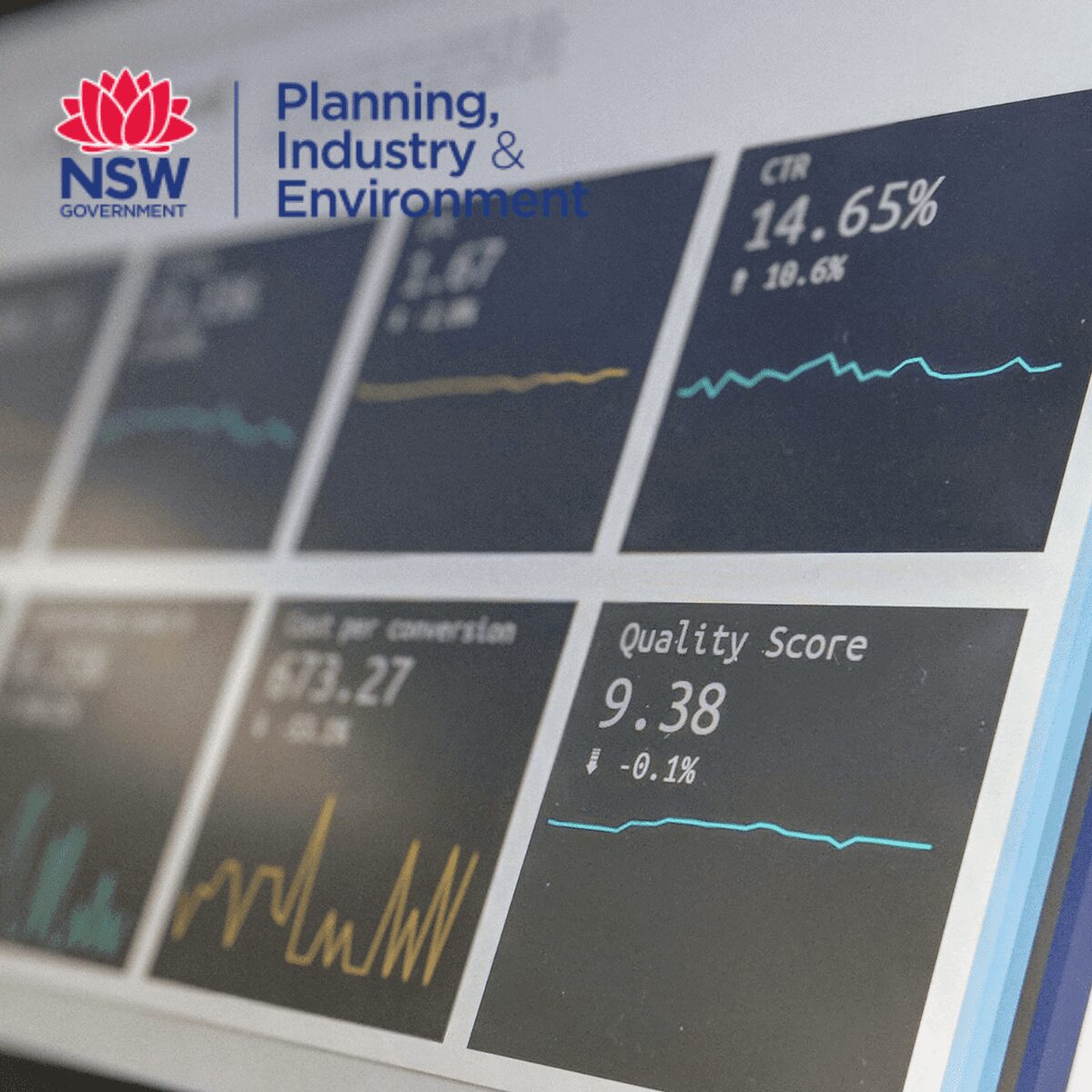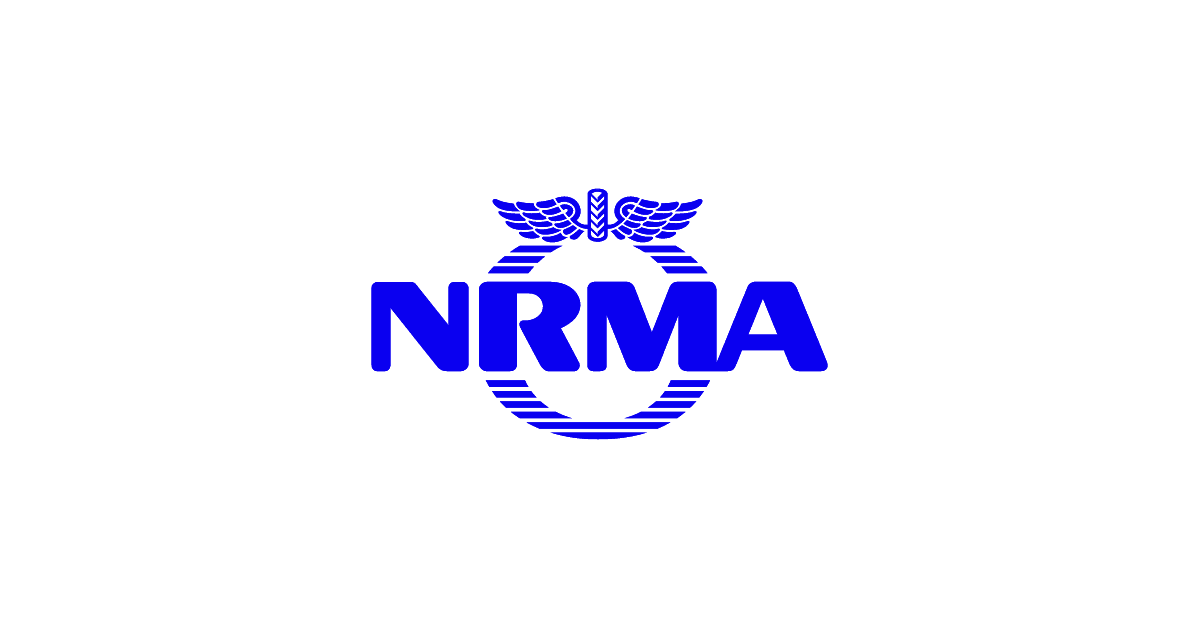Background
The Planning and Environment Cluster is responsible for the stewardship of New South Wales’ built and natural environment.
The Cluster’s key areas of focus include initiatives to support home ownership in NSW by unlocking housing supply and increasing the number of social and affordable dwellings; planning to enable development, the delivery of housing and infrastructure and help drive economic activity; managing and showcasing national parks; and conserving heritage for the benefit of the community.
Corporate non-financial reporting within the department involved manual compilation of information from various source systems to produce several manual dashboard-style performance reports for Leadership, Ministers, and Central Agencies. In order to streamline the processes across all agencies they sought out a Business Intelligence (BI) tool that would support the creation of digestible performance reports in a more efficient manner.
DPE approached a few different consultants to deliver a recommendation report outlining a suitable BI tool and implementation strategy, with Antares being the preferred provider. The tool would allow the information to be captured consistently, miminise human error, enable the automation of report creation, comparing different outcomes and programs and overall allowing for a richer analysis of performance information.
The Challenge
DPE currently spends a substantial amount of time manually collecting data as part of their performance reporting obligations and monitoring the delivery of programs. Antares worked with each team within the corporate function of the department to gain a deep understanding of the existing sources in use, types of performance reports and how they are applied.
Across DPE, teams were using multiple Excel spreadsheets to manage the data that tracked progress on policy priorities. Maintaining and sharing the data was becoming increasingly problematic and exhaustive, and extracting the necessary data was frequently time consuming and dependent on the knowledge and expertise of a small pool of staff.
Some spreadsheets had over 30 columns with a coloured traffic-light system which staff had implemented to help them report on any risks to, and progression of, strategic priorities.
Antares’ discovery interviews and workshops with key stakeholders revealed that by relying on this process to inform decision making, staff faced some critical issues that needed to be redressed. These included:
- lack of clarity on the ‘big picture’ of progress, with inability to generate an overarching report for all agencies within the department
- inability to see at a glance where there was risk or what strategies were exceeding targets
- siloed data with difficulty mapping information connection, observing historic patterns or interpreting trends
- complexity of accurately reporting expected performance against actual performance
- time taken to pull out the necessary information for reports
- delays experienced in opening or emailing increasingly large spreadsheets
- unsecured version control
- barriers to sharing data
- limits on how many staff members could be working on data at one time
- absence of guides, validators or restrictions on data input and data deletion
- inflexibility of the spreadsheets to easily accommodate changes to strategic priorities
- Extended communication between employees to clarify the current status or gaps in Excel information.
- staff requiring extensive handover notes or training to navigate the data input method.
“Antares’ knowledge and application of Microsoft products and overall willingness to provide a fit-for-purpose solution resulted in the engagement. Antares took the time to explain in detail what the proposed solution could look like and how their solution directly addressed the challenges presented. Antares also took the initiative to consult with the department on their information architecture to ensure it was consistent with other applications and governance requirements.” Director, Portfolio Management and Performance
The Solution
Antares proposed the outcome of the engagement delivered a data review and reporting architecture document to help DPE leverage data to serve the business needs. This was completed through one-on-one interviews with Subject Matter Experts (SME’s) as well as group workshops to facilitate the appropriate Key Stakeholders and SME’s to gain an understanding of the current state of the environment, business drivers and goals to be able to recommend a future state architecture that will support and drive those goals.
Frequently, IT solutions are highly technical but are often not easily adopted or understood by the people who have to use them. In developing the DPE solution, Antares has flipped this notion on its head by adopting a user-centred design approach. Through our initial investigations, we grew to understand the department’s business processes in forensic detail. As a result, our solution has proven to be both technically adept in capturing and managing the data the department needs, while also providing an interface that staff enjoy engaging with.
The design of the solution drew on our expertise in user experience design and Microsoft’s Power BI data visualisation software to create a dashboard that pulls data directly from a SharePoint list. The dashboard has applied the best of information visualisation research to the department’s unique requirements.
Antares created a tool that provides exceptional visual analysis, allowing departmental staff to track, analyse and display KPIs and critical pathways according to their reporting needs. Our team collected, cleaned, and consolidated existing Excel data into SharePoint and staff will now use SharePoint to log data which is tagged, categorised and controlled under a new set of automated information governance rules that also captures relationships between different pieces of information.
The new SharePoint tool replaces the Excel methods previously being used, and there are user-friendly instructions for use, with pop-ups, prompts, dropdowns, and validation measures that prevent the recording of inaccurate data.
At the front end, the Power BI dashboard allows users to access data captured in SharePoint and generate reports according to the level of detail required. The information is dynamic; as soon as data is updated in SharePoint, it’s available through the dashboard.
The solution also has flexibility that will allow it to accommodate all the changes that can potentially happen in any business operation, such as departmental restructure or changes in priorities or new data types.
“The department was very pleased with Antares’ communication and attention to detail, both pre and post engagement. Whilst the solution to challenges was presented by Antares, the smaller detail components, processes, and design were all codesigned and mutually agreed.” Director, Portfolio Management and Performance
The Results
Antares has developed a cutting-edge reporting tool that gives senior public service executives real-time oversight of progress toward government outcomes and programs. It has the potential to fundamentally transform whole-of-government reporting and decision-making processes.
Through a single interface, users can filter the information to get the metrics that best suits their needs and can also quickly and accurately produce reports. Trends are visible at a glance, comparable metrics are available, drill-down features allow more comprehensive analysis and there is greater scope to see actionable information and determine what projects or tasks might need more attention and which can be celebrated and highlighted as key achievements.
Since implementation, the department’s executive has been very positive with the solution. The dashboards allow for more effective and timely decision making and support the allocation of resources to deliver the best outcomes. The solution also allows for different portfolios to compare performance in real-time and more importantly enables delivery functions to self-service their performance information.
This custom business intelligence dashboard eliminates the need for support staff and executives to record data in unwieldy and unstable Excel spreadsheets when compiling performance metrics, offering a solution that is simple, easy to use and reliable.
The dashboard also serves as a portable and immediate reference tool as it is optimised for PCs and mobile devices alike tool allowing more flexible access to data when it is needed and eliminating the inefficiencies of staff emailing data.
Unlike many other technology partners in the market, Antares’ lead on this project has both advanced visual science plus information technology qualifications—and brought these to bear in spearheading a product that is designed with the end user in mind.
The process is user-friendly, familiar, ‘app-like’ and intuitive which means anyone who uses the solution can explore and investigate the many options it provides. The solution accommodates changes in staff, changes in topics and changes in priorities without requiring huge changes to the framework.
“As the department continues to mature its reporting and presentation of performance information, further enhancements will be required. The department will continue to consult with Antares in the future and would recommend their services to other organisations facing similar challenges.” Director, Portfolio Management and Performance
What’s Next?
The solution has great potential to be replicated across other government departments for similar applications involving data input and reporting.
In the meantime, department staff have asked Antares to continue working with them and apply our unique insights, expertise and tools to address other identified business process challenges.
Another potential next step is to build a mobile application to capture the reviews information. This would enable Department staff to fill in the reviews on the go, directly when assessing the progress.



